Available as PDF: 2009 (PDF) | 2008 (PDF) | 2007 (PDF) | 2006 (PDF) | 2005 (PDF) | 2004 (PDF) | 2003 (PDF) | 2002 (PDF) | 2001 (PDF) | 2000 (PDF) | 1999 (PDF) | 1998 (PDF) | 1997 (PDF) | 1996 (PDF) | 1995 (PDF) | 1994 (PDF)
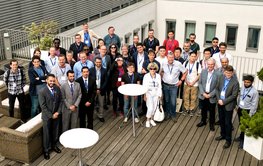
2nd International Symposium of International Association of Geodesy’s Commission 4 “Positioning and Applications” in Potdam. In focus: Space Weather and various applications of GNSS.
![[Translate to English:] Foto eines Bergs mit darüber gelegter Skizze des geologischen Profils.](/fileadmin/_processed_/0/0/csm_20220819_News_Wirtsgestein_Ton_MontTerri_he_-c-Profil-Henning_Karte-GoogleEarth-LANDSAT-Copernicus_e50d4d5163.jpeg)
How thick should clay be as a host rock for a repository? Theresa Hennig applied numerical simulations to show how geochemical concentration gradients enhance the migration of uranium in claystone.
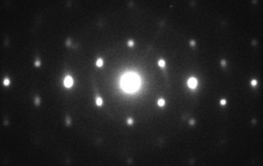
Hexagonal SiGe semiconductor for optoelectronics: synthesis of the material succeeds using high pressure and temperature opening a possible solution to a pressing optoelectronic problem.
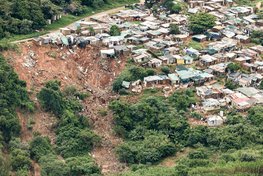
Landslides increasingly threaten the world's poor cities as heavy rains and informal urbanisation destabilise slopes in the tropics. Ugur Öztürk and colleagues showed this by modelling in “Nature”.

Positive interim results of the GFZ Pupils' Laboratory in the BMBF-funded project before the start of the 3rd cycle
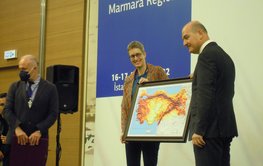
With a two-day symposium in Istanbul, earthquake researchers are honoring four decades of Turkish-German collaboration. In focus: the vulnerable Marmara region in NW Türkiye.

We mourn the death of Egon Althaus (1933-2022). He was instrumental in founding the GFZ Potsdam in 1992 and played a major role in determining its scientific orientation.
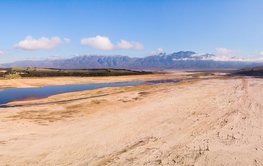
A study has shown that gearing risk management measures to the worst-case event experienced to date is not enough to reduce impacts from unprecedented events.

The "Helmholtz Information and Data Science Academy" funds eleven short research stays with GFZ participation. The new bidding round starts on 15.08.2022.
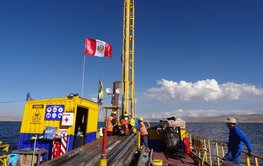
Tropical glaciers followed the rhythm of the ice sheet expansion in the northern hemisphere during the last 700,000 years as data from sediments of a high-altitude lake in the Peruvian Andes shows.